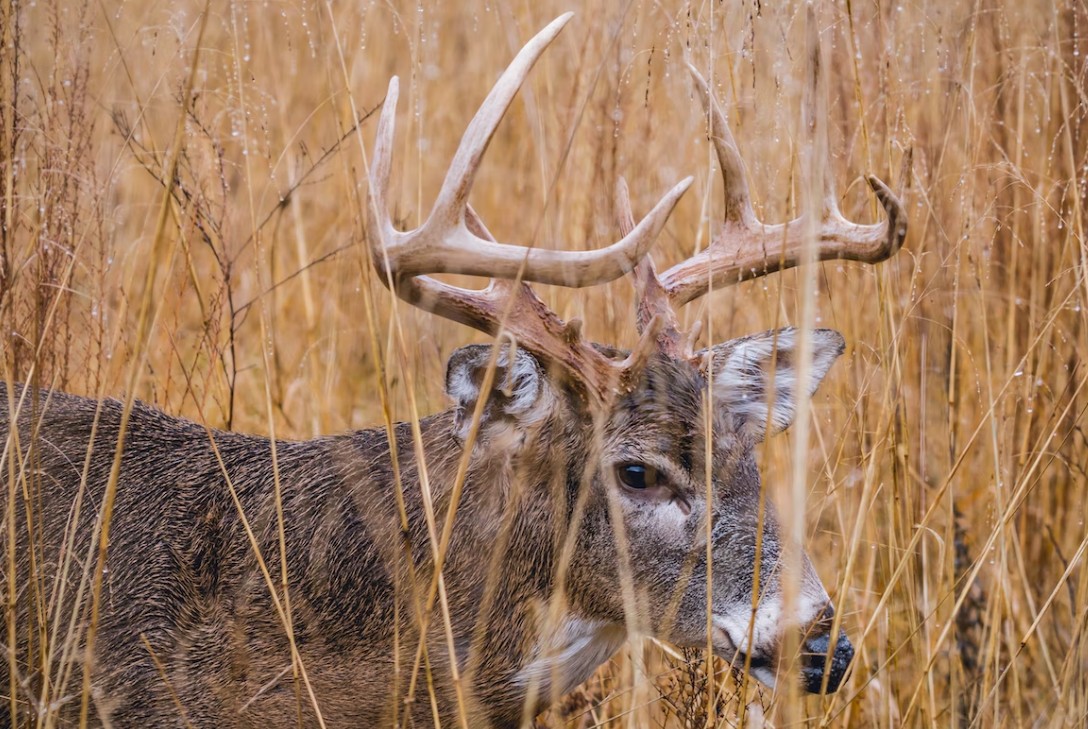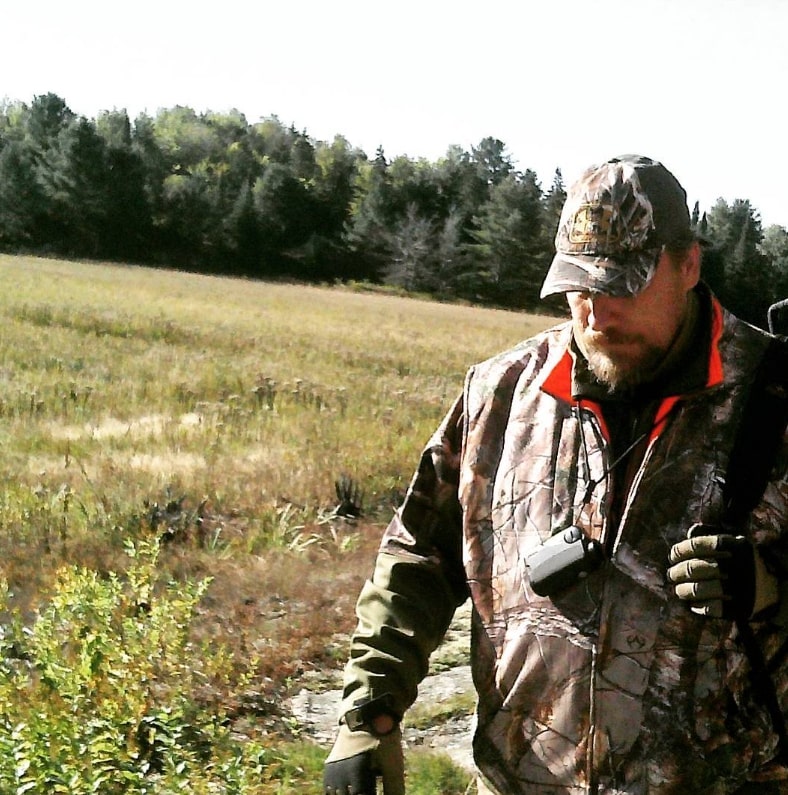Scoring whitetail deer antlers


Scoring whitetail deer antlers

Measuring and quantifying the size and quality of a deer’s antlers, known as scoring, is a widely practiced activity among hunters and wildlife enthusiasts. Scoring whitetail deer antlers can offer valuable insights into the animal’s age, health, and genetics. This article will delve into the process of scoring whitetail deer antlers, including the various factors that can impact their score.
Scoring Methodology
The Boone and Crockett system is the most widely used method for scoring whitetail deer antlers. This system was created by the Boone and Crockett Club in the early 1900s. This club is committed to promoting ethical hunting practices and conserving North American wildlife.
The Boone and Crockett scoring system takes into account the length and width of the main antlers, as well as the number and size of any additional points, or tines, that are present. The score is calculated by adding together the lengths of the main antlers and the lengths of the tines, and then adding a score for the circumference of each antler at certain intervals. The final score is based on a combination of these measurements, with additional points awarded for exceptional symmetry and other factors.
Factors that Affect Scoring
The score of a whitetail deer’s antlers is influenced by a number of factors, including genetics, nutrition, age, and environmental factors.
Genetics: A deer’s genetics play a crucial role in determining the size and quality of its antlers. Some deer have genes that make them more likely to grow large and impressive antlers, while others may only develop a few small points. This is why wildlife managers have begun using selective breeding and genetic management as a way to promote the growth of healthy deer populations with desirable antler traits. By carefully managing the genetics of a deer population, managers can help to ensure that future generations of deer have the potential to grow large, high-quality antlers.
Nutrition: The size and quality of a deer’s antlers are also affected by its diet. A nutritious diet that is high in protein and other essential nutrients can encourage healthy antler growth. Conversely, an inadequate diet can result in smaller, less impressive antlers. Therefore, wildlife managers use habitat management techniques, such as planting food plots and managing natural vegetation, to promote healthy deer populations and provide them with a balanced diet.
Age: The size and quality of a deer’s antlers tend to improve as the deer ages. This is due to the deer having more time to accumulate the necessary resources and hormones required for antler growth. Therefore, age is a critical factor to consider when scoring a deer’s antlers. A younger deer may have smaller antlers compared to an older deer with similar genetics and nutrition.
Environmental factors: Various environmental factors such as weather, diseases, and predation can also affect the size and quality of deer antlers. For instance, a severe winter with heavy snow can make it challenging for deer to find sufficient food, which can lead to smaller and less impressive antlers. Similarly, disease outbreaks or high levels of predation can lower the overall health of a deer population, which in turn can impact antler size and quality.
Conclusion
Scoring whitetail deer antlers is a fascinating and rewarding activity for wildlife enthusiasts and hunters alike. To score a deer’s antlers, various factors must be considered, such as genetics, nutrition, age, and environmental factors. This process can offer valuable insights into the health and vitality of a deer population. While the Boone and Crockett system is the most commonly used method, other scoring systems are used in different parts of the world. Regardless of the system used, it is crucial to approach the process with care and respect for the animals, as ethical hunting practices and responsible wildlife management are vital for the continued health and survival of North American wildlife.




